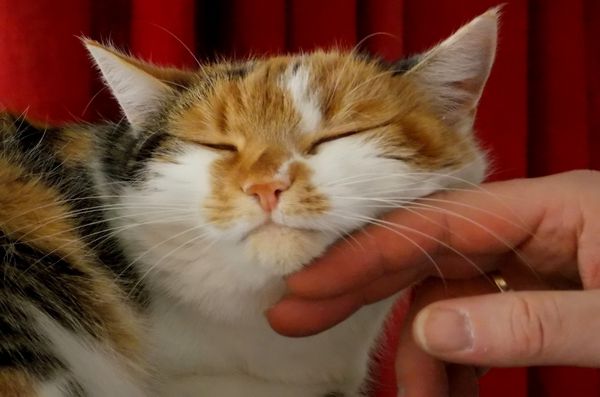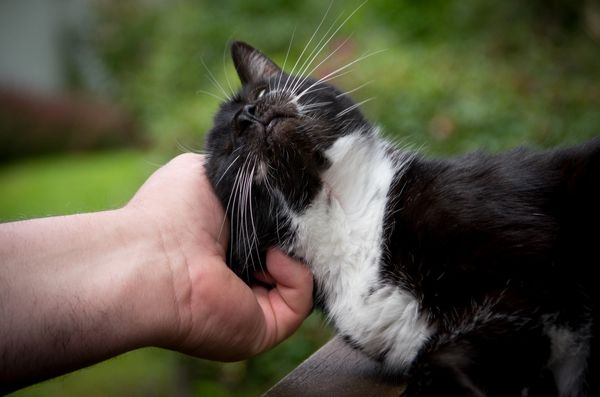Cats are mysterious and sometimes puzzling creatures, with their purring being no exception. Scientists have demonstrated that cats produce the purr through intermittent signaling of the laryngeal and diaphragmatic muscles.
In this article, we will explore why cats purr, what it means to them as well as its possible benefits for them physically and mentally.
Whether you’re a cat owner or just love these cuddly critters from afar, dive into the science behind cats’ purrs to better understand your furry friend!
Main Reasons Why Do Cats Purr
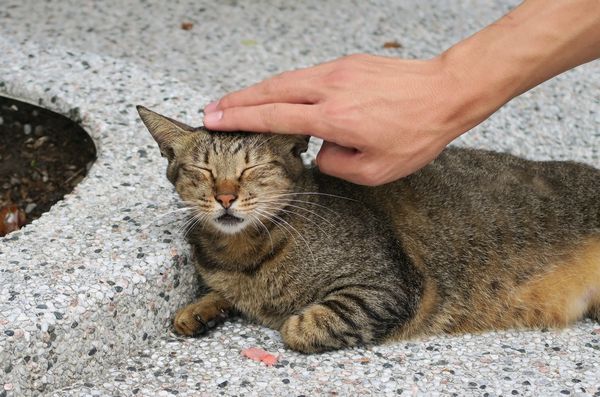
Cats use purring to express a variety of emotions, including contentment and security when they are in familiar company. Purring can also be used as a way for cats to communicate with humans or other cats both socially and emotionally.
Let us know all the reasons due to which cats make purr sounds –
1. Communication with humans and other cats
Cats use purring as a way to communicate with humans and other cats. In many instances, when cats purr, it often signals friendliness and comfort. They might do this in order to show affection towards others, whether one-on-one or as part of an overall group dynamic.
Cats may also use purring as a means of self-soothing and relaxation; for example, if they become scared or stressed out by something happening in their environment. Additionally, cats can use different tones of purrs to indicate certain feelings such as hunger or contentment which can further enhance the communication style between themselves and another cat or human companion.
All these nuances make up a unique language that is exclusive to felines – helping them bond with other cats while making our lives more enjoyable at the same time!
2. Expressing contentment, comfort, and security
Purring is more than just a sound of contentment. For cats, purring acts as a way to express comfort and security when they are feeling distressed or uneasy. Physiologically speaking, the sound that cats make when they purr is due to the vibrations of their vocal cords at a frequency between 25 and 50 Hertz.
This low-frequency vibration soothes cats and activates their reward system in the brain, producing endorphins that further calm them down while also promoting feelings of contentment, comfort, and security within their environment.
In addition to providing emotional solace for cats themselves, these calming effects can have a soothing effect on humans too—letting both pet owners and felines bond through mutual comfortability and trust.
3. Bonding and building trust
Cats often purr as a way of expressing contentment when interacting with humans. When cats initiate contact and begin to rub against their owners’ legs, they are likely purring in order to show that they trust them and are bonding with them.
The low frequency vibrations of the cat’s purrs can help build an immediate sense of comfort between cats and humans, which helps create relationships based on mutual trust.
Purring also serves as a sign for a cat’s pleasure when it is being petted or held by its owner – this can be seen in how cats tend to knead their paws or gently bite while purring.
In addition, studies have found that people who interacted positively with cats reported feeling more relaxed than those who had not recently spent time with one – suggesting that there may be some truth behind claims that the calming effect of a cats’ purrs is real!
Some Other Facts For Why Do Cats Purr
1. Science Behind Cats’ Purring
Cats purr by using their vocal cords while inhaling and exhaling, resulting in a consistent rumbling sound.
2. How cats produce purring
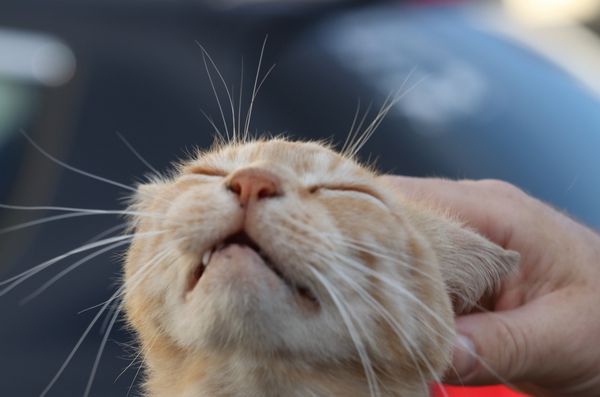
A cat’s unique vocal tract allows them to generate vibration at frequencies between 25-150 Hz (which is also known as acoustic resonance therapy), using only their tongue, larynx, diaphragm, and throat muscles while breathing out through the nose or mouth – creating what we know today as the classic ‘purring’ noise.
The vibrations also help to heal injuries and soothe tension—in addition to providing calmness, comfort, and contentment for both cats and people around them.
Furthermore, it has been suggested that because of these healing properties, cats have evolved an additional larynx constriction which helps create a higher pitched sound when they want something from humans—such as food or attention!
Uniquely among animals with vocal cords capable of producing sounds such as miaows or hissing noises outwards—cats can only purr making it both a powerful communication tool but also an incredibly useful tool for self-healing too.
3. The purpose and benefits of purring
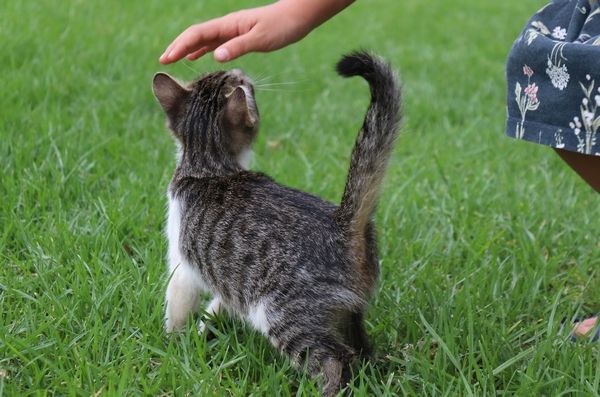
through purring, cats are communicating with humans and other cats in an effort to build trust and bond with them. Purring can also be used as a way for cats to soothe themselves or express contentment, comfort, and security.
Physiologically, the act of purring triggers chemicals found in cat’s body which have calming effects. When cats produce sound frequencies ranging from 25-50 Hertz (Hz) they release endorphins that act as natural pain relievers and can boost mood.
This low frequency vibration helps muscles relax while promoting bone healing making it beneficial even outside of communication purposes. Aside from these physiological effects, it has been suggested that when humans respond to their pet’s purr they feel bonded to them in a positive fashion creating strong human-animal relationships built on trust and friendship.
Conclusion
The complexity of cat purring is remarkable. Cats use it to communicate with both other cats and humans, as well as expressing contentment, comfort, security and building trust. It even creates physical rejuvenation by producing vibrations that enable healing–and cats can do this while feeling fear or danger as well.
Purring serves a variety of purposes which are often unique to each individual feline based on their past experiences and expectations.
Frequently Asked Questions (FAQs)
Why do cats purr?
Cats purr as a way of communicating with humans and other cats, releasing endorphins that reduce stress and bring about feelings of comfort.
Do cats purr when they're happy?
Yes, a purring cat often signals contentment. But kitties purr in other moods too.
Why does my cat purr when he's hungry?
The purr may signal an appeal for food. It also soothes cats during times of need.
Do cats purr when they're sick or scared?
Yes, the purr can comfort them during illness, pain, or fear.
Why does my cat purr so loudly?
Loud purring just means your kitty is really happy or calmed by your presence.

